|
|
|
Oxford University Press
|
There is currently enormous interest in task-based teaching and learning. But some teachers are still unsure of how to put it into practice. This book gives examples of a range of task sequences suitable for all levels of learners, using both written and spoken English. The advice is based firmly in the classroom and includes contributions from teachers from around the world who are enthusiastic about task-based teaching. It takes account of research into language learning, and is ideal for both practising teachers and those on TEFL/TESOL courses. |

|
A thoroughly updated edition of this prize-winning, readable introduction to the main theories of first and second language acquisition. This book introduces you to some of the language acquisition research that will help you not just to evaluate existing materials, but also to adapt and use them in a way that fits what we currently understand about how languages are learned. — Content including new research and new areas in pedagogy to provide an up-to-date and comprehensive overview of research in the field. — Chapter Preview s and Summaries with round-up questions. — Companion website with vodcasts, content updates, and shared user content. — Also available as an e-book. |
|
This highly-readable book brings together theory and practice, giving you a better understanding of why and how technology can enhance language learning. It helps you become more familiar with technology tools you can use in class, and gives you a better understanding of how to use them for language learning. Practical tasks help you reflect on their use. |

|
This work investigates real-world problems involving language. As such it has the difficult task of mediating between academic expertise and lived experience, attempting to reconcile opposed interests and perspectives. This clearly written introduction provides a concise but comprehensive overview of the most pressing and controversial issues surrounding contemporary language use today, including intercultural communication, political persuasion, new technologies, the growth of English, language in education and foreign language teaching and learning. |
|
Explains what grammar really is, why languages have to have it, and how different languages exploit it. An introduction by leading grammar expert Michael Swan on the theoretical and pedagogical approaches to grammatical description, the notion of universal grammar, the role of grammar in establishing social and educational norms, and the possible future grammar of International English. The author shows that grammar need not be tedious at all, but provides fascinating insights into the different ways in which we conceive of the world and communicate with others. |
|
A short, accessible introduction to this key area of language study by a respected expert in the field. Describes some of the creative processes by which new senses develop for words and phrases. Informs the reader about current thinking and acts as a guide for further enquiry. |

|
Translation is one of the most important cross-linguistic and cross-cultural practices. This short introduction focuses on what you need to know about it: the different perspectives on translation and key issues such as equivalence in translation, translation evaluation, and the role of translation in language teaching, globalization, and intercultural communication. |

|
This popular series of readers has now been completely revised and updated, using a new syllabus and new word structure lists. Readability has been ensured by means of specially designed computer software. Words that are above level but essential to the story are explained within the text, illustrated, and then reused for maximum reinforcement. |

|
This popular series of readers has now been completely revised and updated, using a new syllabus and new word structure lists. Readability has been ensured by means of specially designed computer software. Words that are above level but essential to the story are explained within the text, illustrated, and then reused for maximum reinforcement. |
|
This popular series of readers has now been completely revised and updated, using a new syllabus and new word structure lists. Readability has been ensured by means of specially designed computer software. Words that are above level but essential to the story are explained within the text, illustrated, and then reused for maximum reinforcement. |

|
This popular series of readers has now been completely revised and updated, using a new syllabus and new word structure lists. Readability has been ensured by means of specially designed computer software. Words that are above level but essential to the story are explained within the text, illustrated, and then reused for maximum reinforcement. |

|
This popular series of readers has now been completely revised and updated, using a new syllabus and new word structure lists. Readability has been ensured by means of specially designed computer software. Words that are above level but essential to the story are explained within the text, illustrated, and then reused for maximum reinforcement. |
|
This popular series of readers has now been completely revised and updated, using a new syllabus and new word structure lists. Readability has been ensured by means of specially designed computer software. Words that are above level but essential to the story are explained within the text, illustrated, and then reused for maximum reinforcement. |
|
This popular series of readers has now been completely revised and updated, using a new syllabus and new word structure lists. Readability has been ensured by means of specially designed computer software. Words that are above level but essential to the story are explained within the text, illustrated, and then reused for maximum reinforcement. |

|
This popular series of readers has now been completely revised and updated, using a new syllabus and new word structure lists. Readability has been ensured by means of specially designed computer software. Words that are above level but essential to the story are explained within the text, illustrated, and then reused for maximum reinforcement. |
|
This popular series of readers has now been completely revised and updated, using a new syllabus and new word structure lists. Readability has been ensured by means of specially designed computer software. Words that are above level but essential to the story are explained within the text, illustrated, and then reused for maximum reinforcement. |
|
This popular series of readers has now been completely revised and updated, using a new syllabus and new word structure lists. Readability has been ensured by means of specially designed computer software. Words that are above level but essential to the story are explained within the text, ilustrated, and then reused for maximum reinforcement. |
|
This popular series of readers has now been completely revised and updated, using a new syllabus and new word structure lists. Readability has been ensured by means of specially designed computer software. Words that are above level but essential to the story are explained within the text, illustrated, and then reused for maximum reinforcement. |
|
This popular series of readers has now been completely revised and updated, using a new syllabus and new word structure lists. Readability has been ensured by means of specially designed computer software. Words that are above level but essential to the story are explained within the text, illustrated, and then reused for maximum reinforcement. |
|
This popular series of readers has now been completely revised and updated, using a new syllabus and new word structure lists. Readability has been ensured by means of specially designed computer software. Words that are above level but essential to the story are explained within the text, illustrated, and then reused for maximum reinforcement. |
|